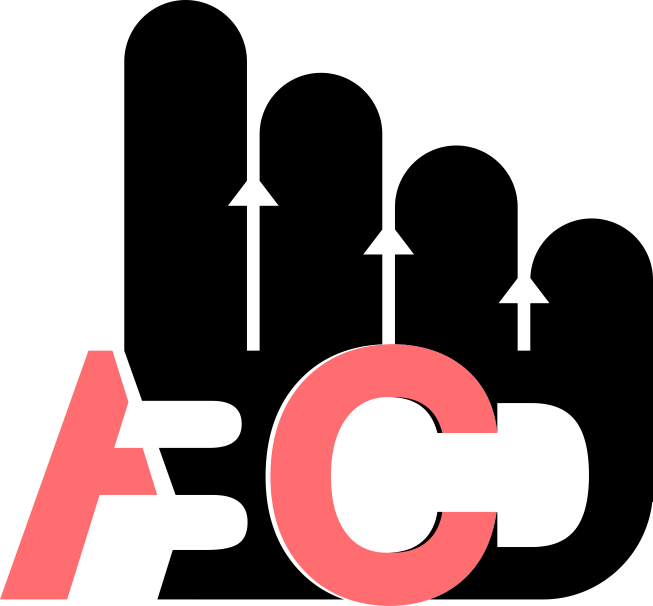Causes of Cerebral Palsy in Sulaimani
DOI:
https://doi.org/10.56056/amj.2018.46Keywords:
Asphyxia, Cerebral palsy, PrematurityAbstract
Background and objectives:Cerebral palsy is a common neurodevelopmental condition encountered by pediatricians The condition may present itself in many different clinical spectra. The etiological and risk factors are many and an awareness of the interplay of multiple factors in the causation of cerebral palsy is crucial. The aim of the study is to evaluate the risk factors of cerebral palsy in Sulaimani city. A better understanding of the etiology of cerebral palsy is necessary for preventive strategies and treatments to be developed.
Methods:This is a retrospective case control study including 100 cerebral palsy patients; data were taken from the records of rehabilitation center in Sulaimani city from 1st Jan 2017 up to 1st- Sep 2017and 100 control group of the same age admitted in our hospital.
Results: One hundred cases of CP (52% male) and (48% female) were collected ,their mean age was 1.64 years and standard deviation (.52262) ,the risk factors of the cerebral palsy were birth asphyxia , prematurity , unknown cause ,and jaun- dice were (31 % , 26 %, 17%, 11% ,) respectively. There was a significant difference between control and cerebral palsy groups regarding (birth asphyxia, prematurity, pregnancy induced hypertension and jaundice).
Conclusions: Birth asphyxia was identified as a major cause of cerebral palsy in Sulaimani city according to our study followed by prematurity as a second risk factor of cerebral palsy.
Downloads
References
Veena Slaich.Cerebral palsy, New Delhi, Jaypee brothers medical publishers (p) ltd, 2009:8-10.
Rethlefsen SA, Ryan DD, Kay RM. Classification systems in cere- bral palsy. [serial online] Orthopedic Clinics. 2010;41(4): 457-458 DOI:10.1016/j.ocl.2010.06.005
Yoon BH, Park CW, Chaiworapongsa T. Intrauterine infection and the development of cerebral palsy. BJOG. 2003;110(s20):125-125. 4.Veena Slaich.Cerebral palsy, New Delhi, Jaypee brothers medical publishers (p) ltd,2009:29-29.
Soleimani F, Vameghi R, Rassafiani M, Akbar Fahimi N, Nobakht Z. Cerebral palsy: Motor types, gross motor function and associated disor- ders. Iranian Rehabilitation Journal. 201;9:21-22.
Sankar C, Mundkur N. Cerebral palsy-definition, classifica- tion, etiology and early diagnosis. The Indian Journal of Pediatrics. 2005;72(10):867-868.
Abena B.Knight:leg asymmetry.In:Chung EK, Atkinson-McEvoy LR, Boom JA, Matz PS, editors. Visual diagnosis and treatment in pediatrics, 3rd edition. Philadelphia, Wolters Kluwer Health; 2015:357-358
Floppy baby syndrome.In: Suraj Gupte. Differential diagnosis in pedi- atrics (including color atlas), 5th edition, Kolkata, Jaypee brothers med- ical publishers (p) ltd,2009: 253-253.
Pattar R, Yelamali BC. Clinical spectrum and risk factors of cerebral palsy in children. Medica Innovatica. 2015;4(2):6-7
McIntyre S, Taitz D, Keogh J, Goldsmith S, Badawi N, Blair EV. A systematic review of risk factors for cerebral palsy in children born at term in developed countries. Developmental Medicine & Child Neurolo- gy. 2013;55(6):499-499.
Lissauer T, Clayden G, editors. Illustrated textbook of paediatrics. Elsevier Health Sciences; 2012. 54-54.
Jacobsson B, Ahlin K, Francis A, Hagberg G, Hagberg H, Gardosi J. Cerebral palsy and restricted growth status at birth: population based case–control study. BJOG: an International Journal of Obstetrics & Gy- naecology. 2008;115(10):1250-1250.
Paul G. Moe, Timothy A. Benke, Timothy J. Bernard, Paul Levisohn: neurologic&muscular disorders. In: William W. Hay, Myron J. Levin, Ju- dith M. Sondheimer, Rubin R. Deterding. Current diagnosis & treatment, nineteenth edition, Colorado, Lange. 2009: 673-749.
Saadi HR, Sutan R, Dhaher AM, Alshaham SA. Maternal and foetal risk factors of cerebral palsy among Iraqi children: A case control study. Open J Prevent Med. 2012;2:352-352.
Johnston MV. Encephalopathies. In: Kliegman RM, Stanton BF, SchorNF,StgemeJW ,Behrman RE. Nelson textbook of pediatrics.20th ed. Philadelphia, PA Elsevier.2016. 2896-2910.
Feldman HM,Chaves-Gnecco D: Developmental/behavioral pediat- rics. In: Zitelli BJ, McIntire SC, Nowalk AJ, editors. Zitelli and Davis’ at- las of pediatric physical diagnosis, 7th edition,Elsevier Health Sciences, 2018: 71-100.
Tasker RC,Mcclure RJ,Acerini CL. Oxford handbook of pediatrics, university press ,United kingdom,Oxford,2013:495-555.
Kareem AA, Iraq B. Risk factors and clinical profiles in Iraqi children with cerebral palsy. The new iraqi journal of medicine 2009:65-66.
Ashour BM, Sewasi M. Risk Factors & Complications of Cerebral Palsy in Misurata Hospital–LIBYA. Sch J App Med Sci. 2013;1(6): 815- 817
Emeka U. Ejeliogu, Augustine O. Ebonyi, Collins John, Bose O. Toma, Esther S. Yiltok. An evaluation of risk factors for cerebral palsy in children in Jos.Nigeria.British journal of medicine & medical research 2017: 4-7
Pattar R, Yelamali BC. Clinical spectrum and risk factors of cerebral palsy in children. Medica Innovatica. 2015;4(2):7-8
Ku?ak W, Sobaniec W, Okurowska-Zawada B, Sienkiewicz D, Pasz- ko-Patej G. Antenatal, intrapartum and neonatal risk factors for cerebral palsy in children in Podlaskie Province. Neurol Dziec. 2009; 18:19-24
Saadi HR, Sutan R, Dhaher AM, Alshaham SA. Maternal and foetal risk factors of cerebral palsy among Iraqi children: A case control study. Open J Prevent Med. 2012 1;2:353-556.
Downloads
Published
How to Cite
Issue
Section
License
Copyright (c) 2023 Omar Ala Ahmed, Aso Faeq Salih

This work is licensed under a Creative Commons Attribution-NonCommercial-ShareAlike 4.0 International License.
The copyright on any article published in AMJ (The Scientific Journal of Kurdistan Higher Council of Medical Specialties )is retained by the author(s) in agreement with the Creative Commons Attribution Non-Commercial ShareAlike License (CC BY-NC-SA 4.0)






